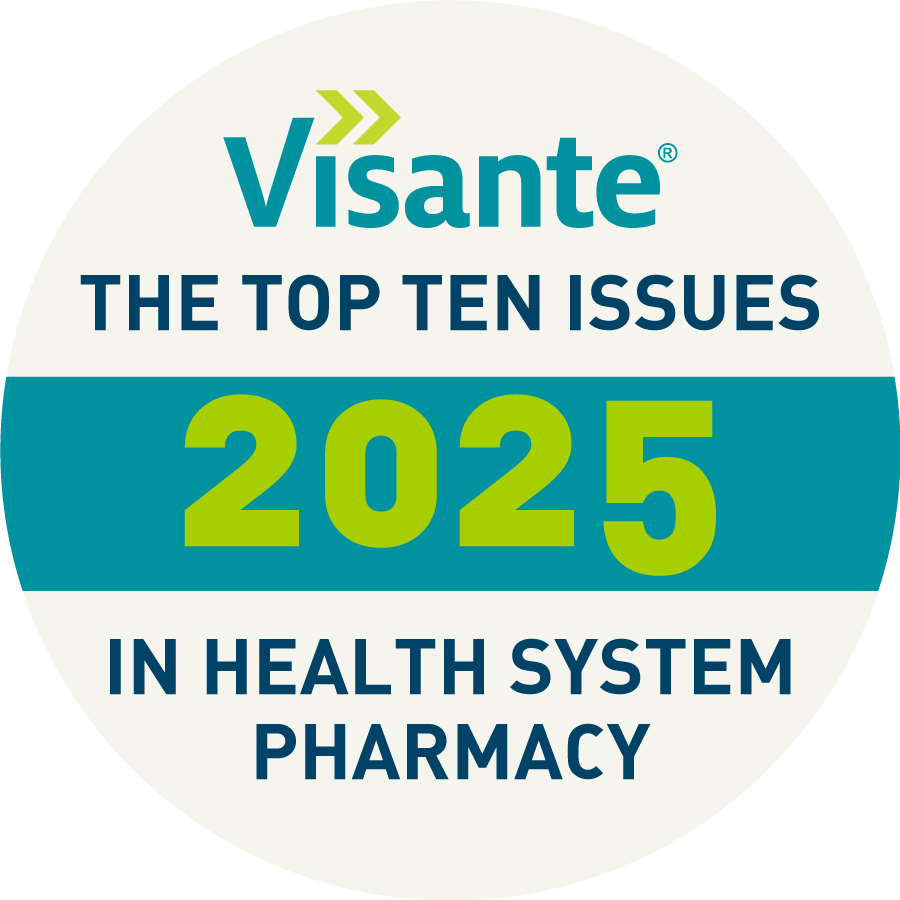Transforming Drug Costs: From Threat to Opportunity

The IQVIA Institute for Human Data Science reported that U.S. spending on medications at net manufacturer prices reached $435 billion in 2023, a $10 billion increase from the previous year due to rising prices and usage. Patient out-of-pocket costs rose to $91 billion, up by $5 billion from 2022. Health systems now see drug costs as opportunities to increase revenue and improve patient outcomes.
Specialty Medicines
Spending reports on specialty medicines depend on three key factors: how specialty medications are defined, the included sites of care (e.g., retail vs. non-retail), and the pricing basis (e.g., list price vs. net price). Before the COVID-19 pandemic, the share of total spending attributed to specialty medications increased rapidly, rising from approximately 26% in 2009 to around 49% in 2018. By 2023, this share has exceeded 54%, even though only 1-5% of the population uses specialty medications.
Given the high costs, employers and payers use prior authorization, limited pharmacy networks, site-of-care restrictions, and specialty pharmacies to optimize patient outcomes and value. Health systems with internal specialty pharmacies and infusion programs have shown improved patient outcomes and a better experience for patients and providers than external pharmacies.
Internal specialty pharmacies and infusion programs improve financial health by generating revenue and reducing losses from patient leakage or manufacturers denying 340B pricing to contract pharmacies. The opportunities internal specialty pharmacy and infusion programs bring also come with challenges. External partnerships are key to overcoming these challenges, accelerating timelines, and maximizing outcomes.
Glucagon-like Peptide Inhibitors (GLP-1i)
The potential of GLP-1 inhibitors has led many to consider them among the most significant pharmaceutical breakthroughs in history. The first GLP-1 inhibitor came to market in 2005 for diabetes treatment, with limited adoption due to several factors, including its position in therapy, high cost, injectable administration, and side effects.
Use increased after GLP-1 inhibitors were included in national diabetes guidelines as a first-line treatment for patients with diabetes and elevated cardiovascular risk or weight management needs. However, their approval for treating obesity or overweight individuals with additional medical problems, along with growing public awareness of their effectiveness, has driven exponential growth in use. This surge has occurred despite limited insurance coverage (for the weight loss indication) and high costs.
By 2024, a GLP-1 inhibitor topped the list of U.S. drug expenditures, with demand surpassing manufacturing capacity. Additionally, the considerable size of the GLP-1 market—worth billions of dollars—has led to the emergence of many non-traditional providers, such as compounding pharmacies, telehealth companies, and direct-to-consumer models from manufacturers.
Increased patient demand for GLP-1 inhibitors from weight management programs and primary care has created access challenges for health systems. However, one strategy to enhance access, improve operational efficiency, and promote health equity is to use pharmacists to coordinate prescribing, manage side effects, assist with dose titration, handle prior authorizations, and support lifestyle interventions.
Cell and Gene Therapies
Globally, 32 gene therapies (including genetically modified cell therapies), 34 RNA therapies, and 68 non-genetically modified cell therapies have been approved. Hundreds of registered clinical trials for cell and gene therapies targeting cancer, genetic disorders, rare diseases, and many other indications are underway.
- Gene Therapy: Modifies or manipulates the expression of a gene to alter the biological properties of living cells.
- Cellular Therapy: Utilizes live cells, often from the patient, to restore or alter cellular functions.
- RNA Therapy: Uses RNA to regulate gene expression and protein production.
Pharmacists play a vital role in administering cell and gene therapies, addressing challenges such as patient selection, procurement, handling, dispensing, monitoring for efficacy and toxicity, and ensuring access and reimbursement.
Biosimilars
The use of biosimilars has experienced significant growth, averaging about 12.5% per year from 2018 to 2023, leading to an estimated savings of $125 billion by 2025. However, complex market dynamics (involving various stakeholders) hinder adoption:
- Insurers (rebates and site of care),
- Manufacturers (rebates and pricing),
- Providers (white-bagging, insurance preferred products),
- Patients (navigating out-of-pocket expenses and lacking awareness or understanding of biosimilars).
Given the complexities and the significant financial and operational stakes, it is imperative for healthcare systems to actively monitor and understand the biosimilar landscape. Unfortunately, incentives are not always aligned to encourage biosimilar adoption.
Calls to action
- Complete a SWOT analysis to develop strategies that maximize internal capture, reduce leakage of retail and infusion specialty medicines, and improve clinical outcomes, financial health, and patient experience.
- Identify what cell or gene therapies your organization provides and how pharmacists are involved.
- Explore opportunities to maximize the value of biosimilar adoption.
Looking for more information or assistance for your organization? Reach out to Visante today!
Subject Matter Experts: Dale Drizd & Dave Hager
